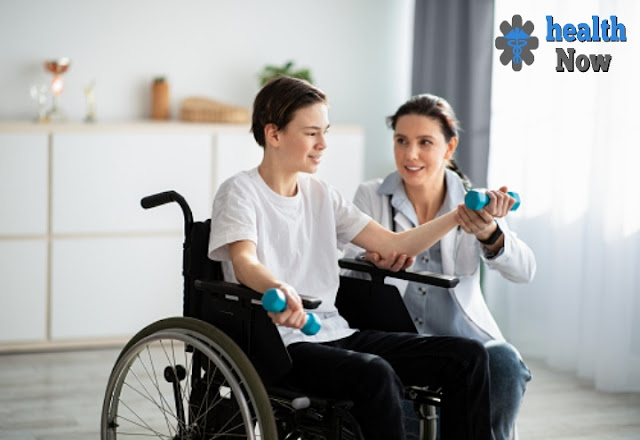An overview of paraplegia.
Paraplegia is a disease that results in the loss of movement in half of the body due to damage to parts of the brain that are prone to development,
a condition that leads to loss of movement or inability to move half of the body, paraplegia, a type of cerebral palsy that damages half of the mind, and here we learn everything you need to be on Familiar with paraplegia: Symptoms, Causes, Risk Factors, and Treatment.
Important notes on paraplegia.
- The brain is isolated into two basic parts, the right and left part, and each part is responsible for the opposite part of the body, which means that the left side of the equator of the mind is responsible for the right half of the body like as well as vice versa.
- Left paraplegia occurs when the right hemisphere of the brain is damaged.
- The sensory system is a complex network that is comparable in its approach to working in an electrical setting. Assuming the link in the light-inducing thread is broken, it will not light up; This also happens in the human body.
- The cerebral cortex consists of nerve cells called neurons, and from these neurons come long cylinders that transmit data to various nerves located in the spinal cord.
- Nerve bundles that reach the muscles exit the spinal cord.
- Intentional body developments such as eating, composing, and walking are directed by neurons located in the motor segment of the cerebral cortex.
Symptoms of paraplegia.
Paraplegia might influence the right or left half of the body, and in the two cases this causes side effects that change in seriousness relying upon the state of the patient, as follows:
- Muscle shortcoming or firmness.
- Muscle fit or muscle withdrawal.
- stride aggravations
- Balance issue.
- Powerlessness to get a handle on things.
- Memory impedance.
- trouble concentrating.
- Conduct changes.
- successive fits.
Causes and risk factors for paraplegia.
Reasons for paraplegia, which may now and again be risk factors, include:
brain attack.
Stroke is perhaps the main source of paraplegia, particularly in kids, and the seriousness of side effects generally relies upon the area and size of the stroke in the mind.
Brain inflammation.
A mind disease might make extremely durable harm to the tissues of the cerebral cortex. The aggravation is typically brought about by parasitic contamination, however, it very well might be because of viral disease or contagious disease that prompts paraplegia.
Accident or sudden blow to the brain.
An unexpected disaster for the mind might make abrupt harm to the cerebrum, and assuming that the blow is aside, it might prompt paraplegia.
DNA.
A change in one of the qualities might cause exchanging paraplegia in youngsters, where side effects can show up and afterward vanish briefly.
brain tumors.
Cerebrum cancers lead to numerous intricacies, and stroke is one of the most significant of these, and the seriousness of side effects normally increments as the growth develops.
Complications of paraplegia.
- breathing challenges.
- muscle decay.
- Muscle fit.
- Gastrointestinal issues.
- Urinary maintenance.
- incontinence.
Diagnosis of migraines.
Paraplegia can be analyzed by leading a few tests, as follows:
- Complete blood count: Through this assessment, it is feasible to decide the presence of certain substances that demonstrate cerebrum or muscle injury in the body.
- Imaging tests: through which the area and size of the harm are not set in stone and x-beams are utilized.
Paraplegia treatment.
natural therapy.
Physiotherapy assists paraplegics with fostering the capacity to adjust and organize their development, and through certain developments, muscle strain can be dealt with.
Modified Movement Therapy.
Treatment in this manner includes confining the unaffected side of the body, animating the more fragile side to redress and work on its development.
Auxiliary devices.
Now and again, there is a need to utilize a few assistive gadgets, for example, a stick or a wheelchair, or a gadget for muscle control and development.
mental visualization.
Envisioning the development of the deadened side of the equator can assist with animating its development after some time, and this strategy is typically joined with different techniques.
electrical stimulation.
Electrical feeling enacts the cerebrum and helps compulsory muscle constriction, generally using electrical cushions.
Prevention of paraplegia.
With simple things, it can be imagined by following things directly to stay away from the event of paraplegia strokes, and in this way to stay away from many medical conditions and bad social things, which are normal things that we can adhere to and have a constructive result in avoiding hemiplegic strokes.
juvenile rheumatoid arthritis symptoms. Diagnosis and treatment.
Smoking and gout causes and symptoms?How do we treat it?
Does flat feet cause knee pain?diagnose and Types.


